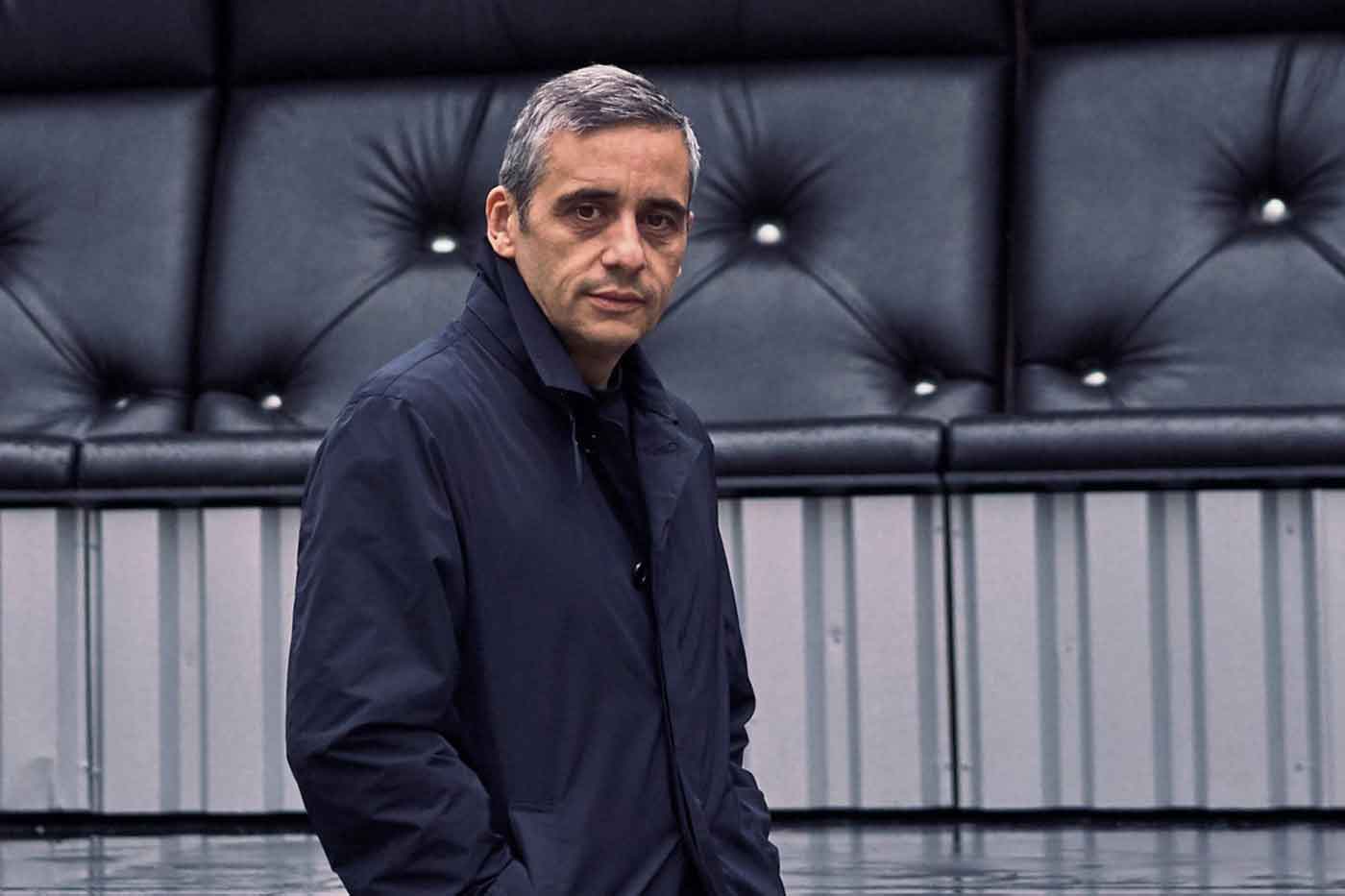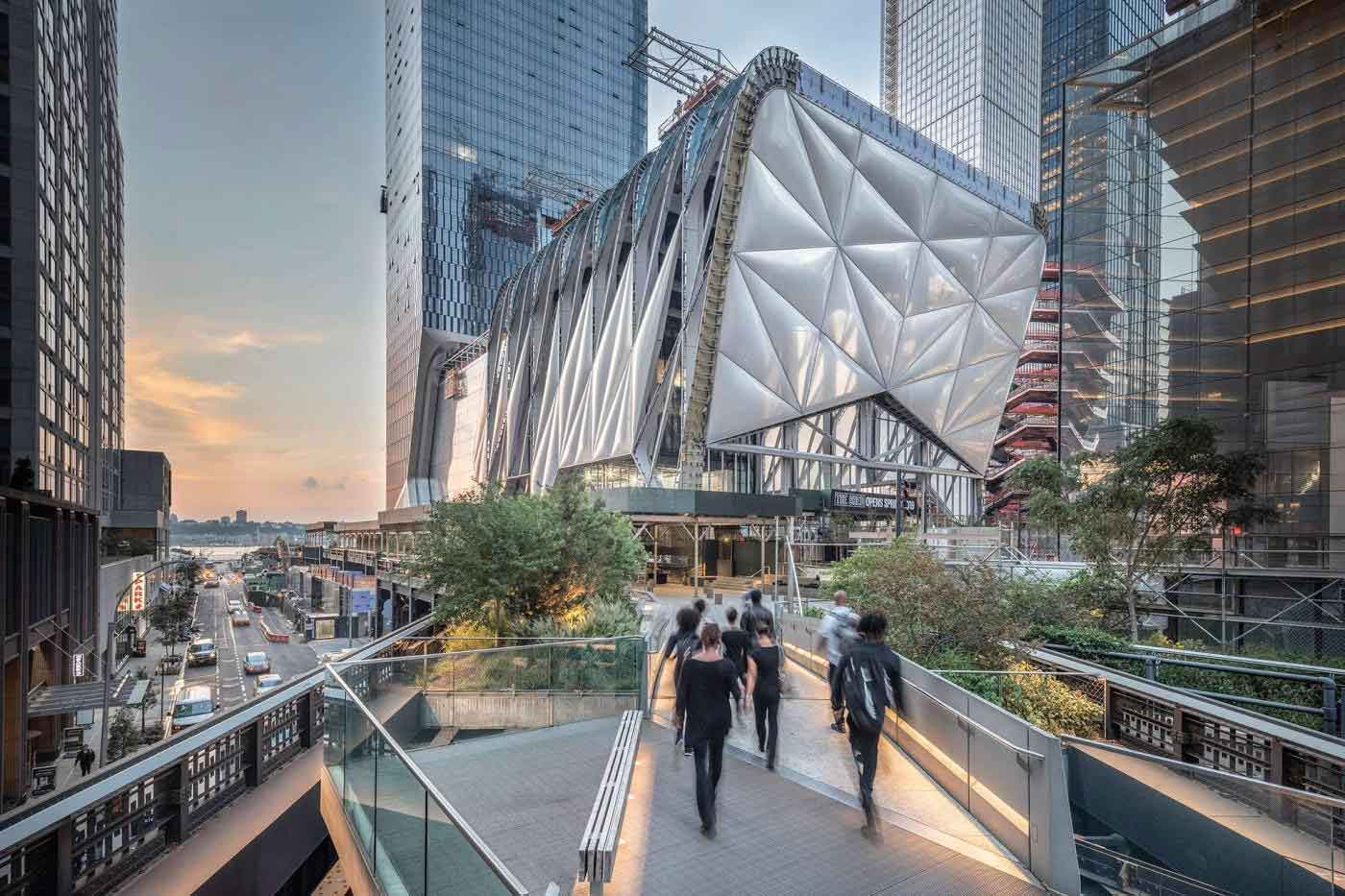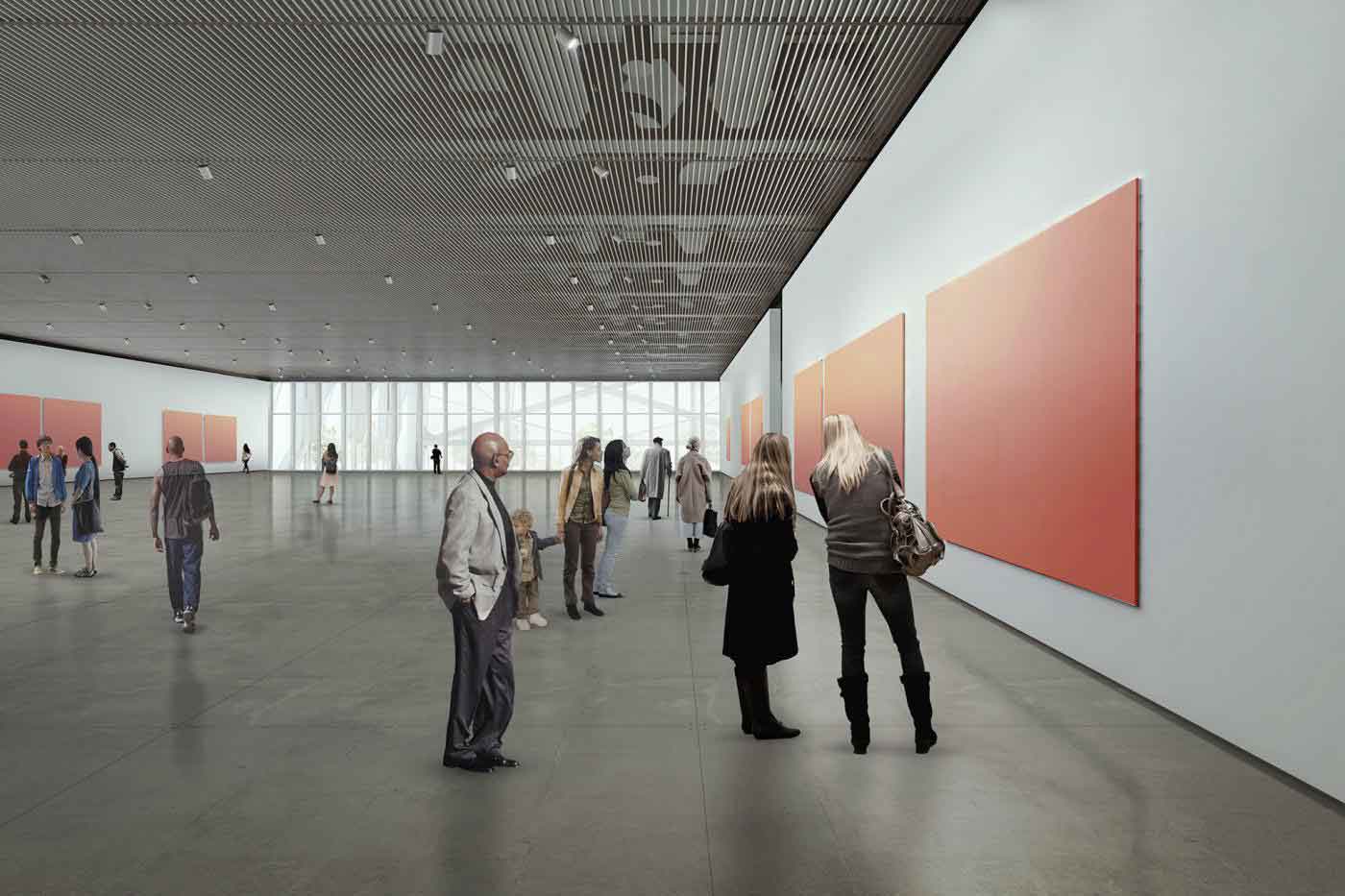Poots has steadily built a career centred on translating his personal views into an artistic mission. When asked about the intentions of his new role at the Shed, he answers:
“There’s always been a need for spaces that commission artists to do work. That was something I’ve spent my career doing – whether it was at the Tate or the Barbican or more recently at Manchester International Festival or Park Avenue Armory. I was always committed to commissioning artists across a range of art forms, including performing arts, visual arts and pop culture.”
Poots is quick to acknowledge the importance of reaching a broad audience with the performances.
“When you are commissioning artists across these platforms, you inevitably end up with a very wide-ranging programme and that should pique the interest of a wide range of audiences.”
Poots exhibits a profound understanding of New Yorkers’ innate curiosity and desire to be knocked off the edge of their seats. Citing a re-staging of Bach’s Goldberg Variations by Marina Abramović and pianist Igor Levit, Poots recognised that in New York anything is indeed possible:
“We created this show and approximately 7,500 people went. An artist such as Igor Levit would invariably be placed in a 1,000-seat hole and people initially thought we were crazy for producing a show like that which would run for several consecutive nights, but there’s an artistically rich and experienced audience in New York City who is interested in experiencing a new approach.”
Faced with a plethora of choices, New Yorkers, including myself, want to be enticed. We’ve seen it all before. What drives us to these spaces is the thrill of encountering the unexpected.
The Shed is in Hudson Yards – the city’s most expansive urban development in recent years – and seems poised to make Poots’s vision of a cross-cultural space a reality. When finished, the impressive, one-of-a-kind structure will be a 2,300 sqm, column-free, quality space, with eight levels, two galleries, a 500-seat theatre, a main hall and a telescoping exterior glass shell that operates on railway tracks to create a climate-specific sculpture court or an arena for up to 3,000 spectators. As Poots explains:
“Depending on the artist’s need, we can divide our two galleries up into six galleries. In our theatre, we can go from 500 seats to 200 seats, for a more immersive experience. The main hall can be light-filled or completely dark. We have developed a producing team with a wide range of skill sets who can respond to an artist’s ideas even if the idea strays away from the art they started with.”
Bridging communities and artistic disciplines, the Shed will serve as a laboratory of innovative concepts. Drawing the vigour of early career artists into the mix, Poots understands that visitors are seeking an overall experience of cross-cultural diversity.
“We look to more established artists, such as Steve McQueen and Trisha Donnelly, as well as to early career artists. We have something called the Open Call, which is our commitment to early career artists in all five boroughs of the city, placing them in our A-list spaces alongside more established artists. So when you buy a ticket to see a more established artist, you can also learn about the early career artists for free.”
The New York City of today is about stepping into an overall experience – an event that allows us to place art in a historical context while introducing us to avant-garde concepts. Droves of artists migrate here every year to make their impression on the city that never sleeps. They arrive with their own distinct ambitions to serve the unexpected and make us all experience with awe their artistic visions. Whereas the ‘old’ New York of the 1980s and 90s was governed by what some historians might term elitist institutions, the ‘new’ New York has flipped that proverbial concept on its head and replaced it with a code of conduct that supports inclusivity, expansion and cross-art collaborations.
No real distinction exists between high and low art these days. Street art is as relevant as an exhibit at the Metropolitan Museum. Poots’s over-arching vision as artistic director reflects artists’ need to create and audiences desire to experience new forms of art. With trends swiftly coming and going and a shift in how we perceive art, Poots exhibits an insight into the city’s core foundation and its absorption of evolving artistic tenets.
My New York City is about casting predisposed ideas and gliding into the future. The single rule nowadays is that rules simply do not exist anymore.
The Shed will be New York’s first multi-arts centre, designed to commission, produce and present all types of performing arts, visual arts and popular culture. Located where the High Line meets Hudson Yards, the unique and flexible building can physically transform to support artists’ visions and the work they create – from hip hop to classical music, visual art to literature, film to theatre and dance – with collaborations across these disciplines and beyond, welcoming the broadest range of art forms and audiences all under one roof.
Words by Omar Nasir, Photography by An Rong Xu









